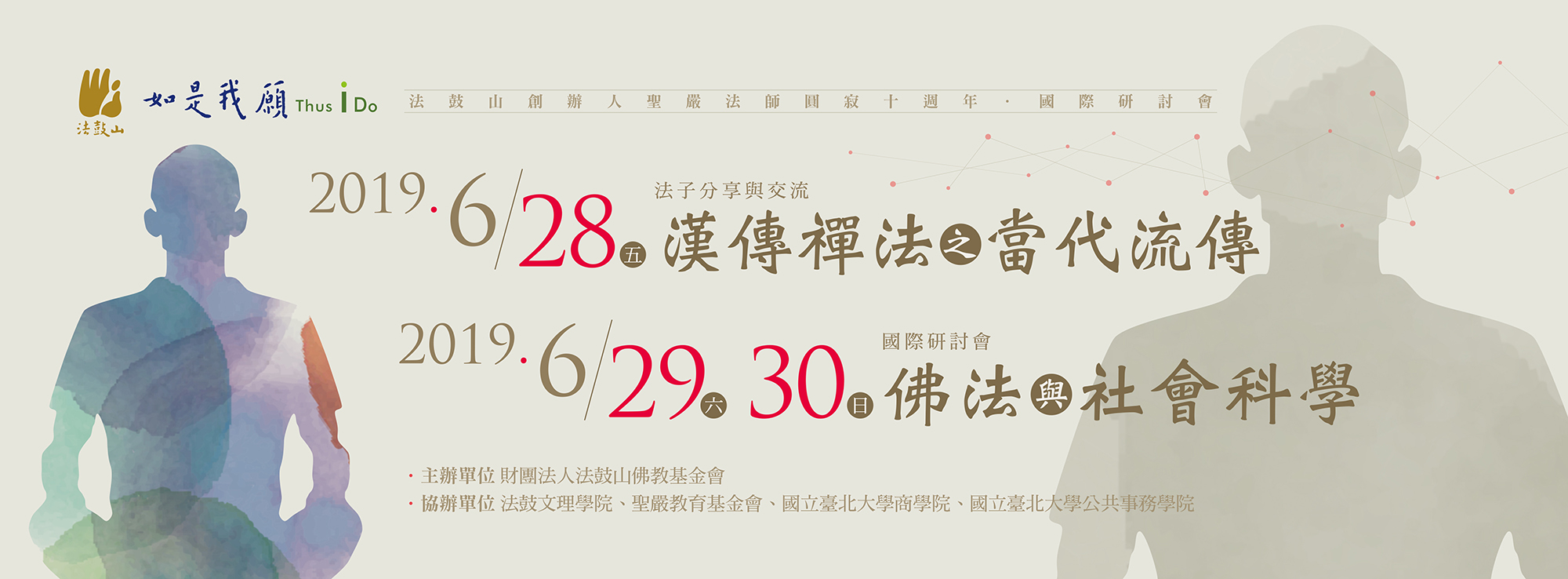The Changes of Humanistic Buddhism Advocated by Taixu and Juzan
Xue Yu
In the history of more than 1500 years after the passing away of the Buddha in the 5th century BC, Buddhism in India underwent subsequent changes from Primitive Buddhism, to Sectarian Buddhism, to Mahayana Buddhism and Tantric Buddhism; similarly, Buddhism in China has also transformed itself and given rise to variety of schools and diversified cultures. The 20th century however witnessed the revival or recovery of Buddhism both in China and India as Humanistic Buddhism and Engaged Buddhism emerged with the dynamic recreation of the tradition and genius innovation of modernity. This paper, making use of the theory of paradigm shift, examines the changes of humanistic Buddhism advocated by Taixu and Juzan; a special attention is paid to comparative analyses how Taixu amalgamates the efforts of rectifying the wrong and revealing the right simultaneously, and how Juzan justifies the unity of ideas and practices idealistically.
